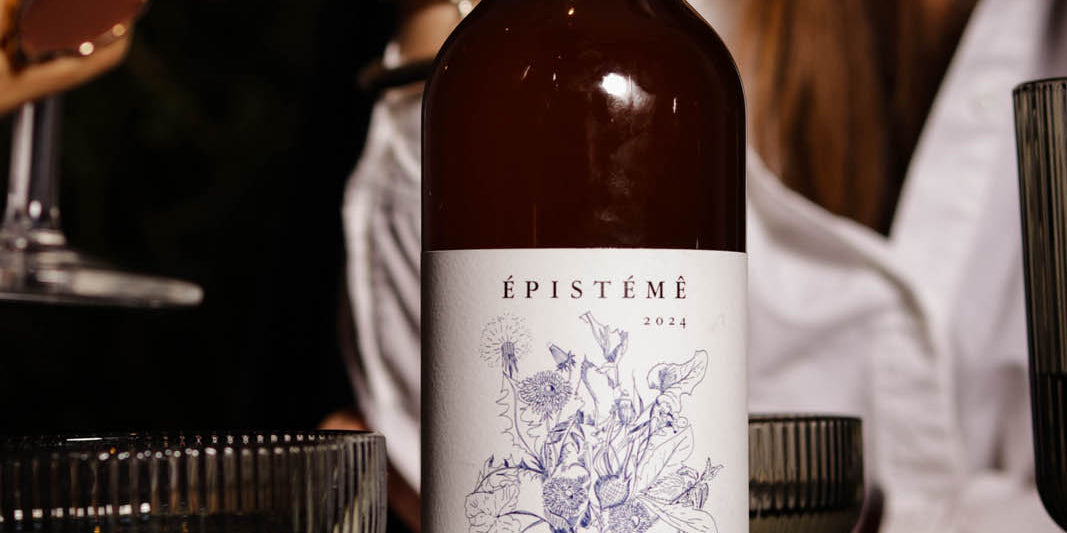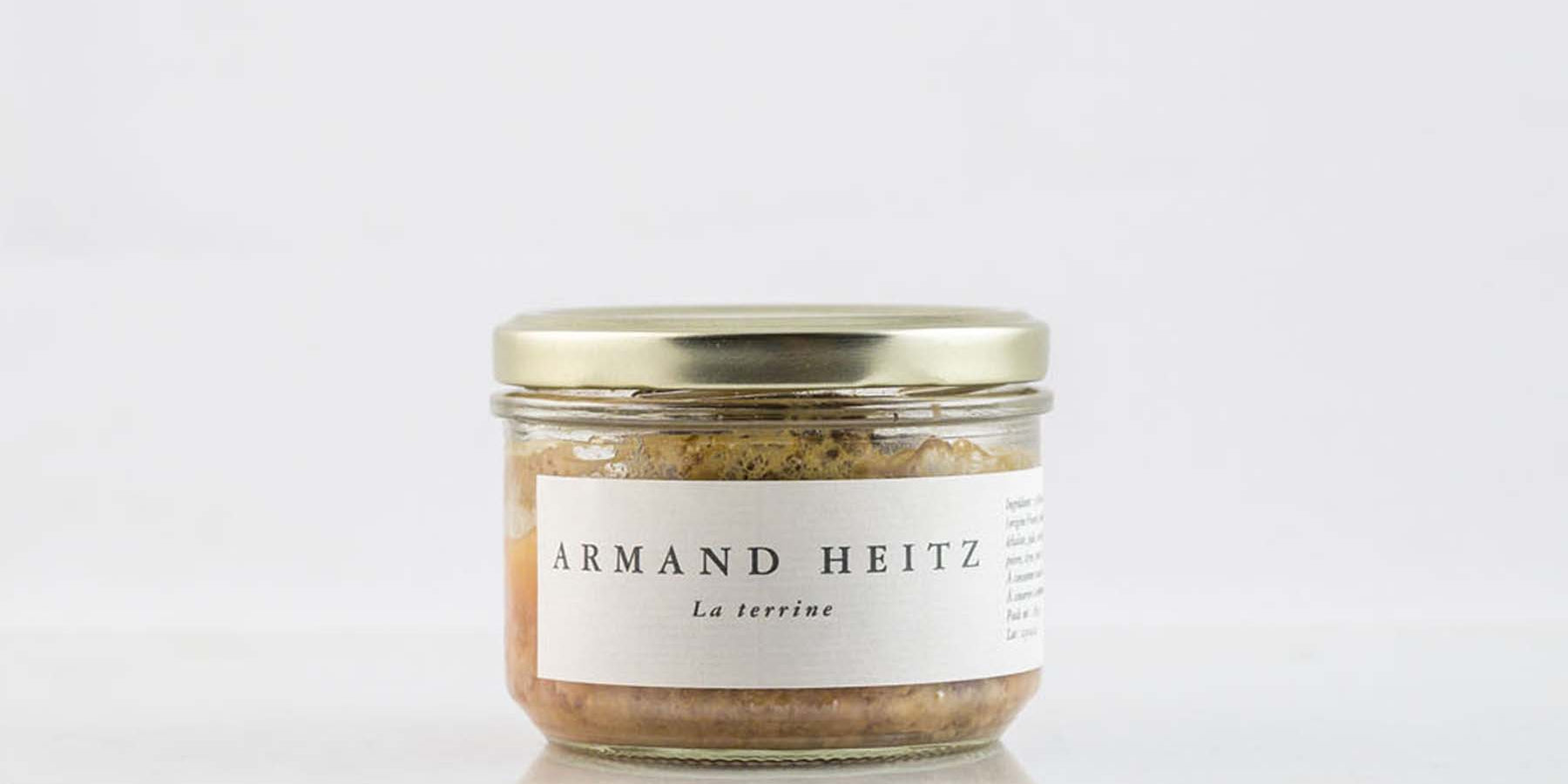Our job is to support nature, not fight against it. This is our philosophy in the vineyards, in Loaris, our permaculture garden, but also on the farm. Our herd is made up of Charolais and Salers, as well as crossbreeding of the two. Interbreeding is important and represents the breeding model we want to develop.
Each breed has its uniqueness, its characteristics, and crossbreeding does not go against nature, quite the contrary. Agriculture has evolved over several decades by isolating each breed to highlight specificities such as meat quality or high milk yield. But also to respond to the modern agricultural model and the market. Marketing has played its part, and we can easily make the comparison with the grape varieties on the side of the vines.

Purebreds, Charolais and Salers
Present for several centuries in Burgundy, Charolais is known for its meat qualities. It has a very large muscle volume and its tenderness enjoys worldwide recognition. It is the result of a selection of several decades. His great maternal aptitude is unfortunately accompanied by a difficulty in calving. It requires significant supervision and even assistance. The selection of certain criteria is always made to the detriment of others. The Charolais has lost in calving ease and hardiness to gain in taste quality and a large volume of growth.
The Salers is a breed that has retained its hardiness. It is one of the only breeds that can be both dairy and suckler. Its rustic side will produce marbled meat with a marked taste. It is a breed with enhanced fertility and, unlike the Charolais, the Salers does not need to be assisted during calving. Its wide and inclined basin allows it to be independent when the calves arrive. It should also be noted that newborns are smaller than Charolais.

The work of purebreds is interesting because it allows distinguished meats appreciated by many connoisseurs. However, this may go too far with some purists, claiming 5 or 6 generations of the same breed before considering it "pure". We must never forget that the obsession with the pure breed will lead to an increasingly high rate of “inbreeding”. Genetics has the same functioning in all living beings. This will therefore inevitably lead to a weakening of its natural resistances.
The crossing
The principle of crossbreeding is to bring together the strengths of each breed. It will make it possible to attenuate or even improve the weak points while perfecting the qualities of the two breeds. Generally, cross-bred cattle have a better prolificacy rate, easier calving or even better growth and better precocity. Be careful though, too much crossbreeding kills crossbreeding. Do not crossbreed cattle that have already been crossed as this could upset the genetics. It is best to only cross over one generation.
The meeting of Charolais and Salers will prove beneficial on several points. To begin with, an increase in growth volume with a higher Average Daily Gain than purebreds. A very good level of earliness too. The ease of calving of the Salers will compensate for the difficulty of the Charolais and the births take place in better conditions. All these aspects are not negligible for the breeder, for animal well-being, and this also impacts tasting.By crossing them, we manage to combine the character of each of the breeds. The marbled marbles and the power of the Salers meat mingle with the volume and tenderness of the Charolais. The meat produced is of a rare quality and corresponds to the natural evolution of things.

We can take inspiration from Irish meat. The quality of their meat is recognized throughout the world, and they do not hesitate to allow crosses. Races are not necessarily highlighted. There is certainly the very famous Irish Angus beef, but remember that it is the result of a cross between the Celtic cow and the bull imported from Scotland by the Normans.
Our first box with an 18-month-old young cow from a Salers and Charolais cross is online here.
Fabrice Pastre
.









